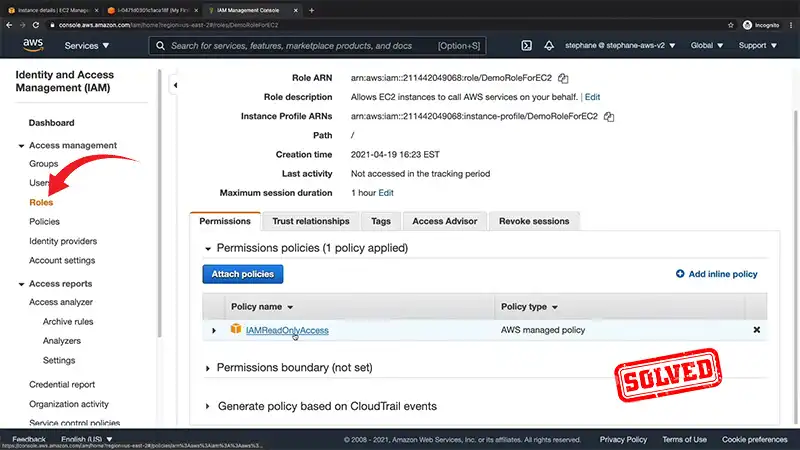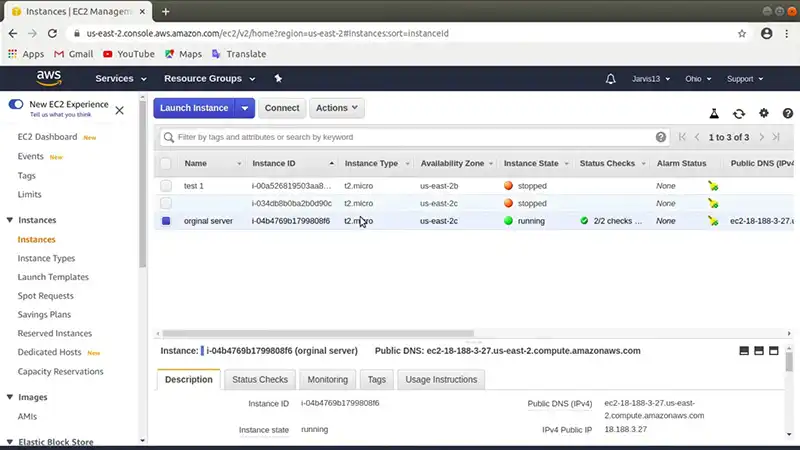Migration of Data from One Database to Another | ULTIMATE EXPLANATION
Data migration is the process of selecting, planning, extracting, and changing information and permanently exchanging it from one computer capacity system to another. Data transfer between frameworks is becoming increasingly essential as businesses create and receive new innovations.
Data migration guarantees a consistent data stream amid upgrades, information consolidation, or stage moves. Whereas vital, it requires careful arranging, exact execution, and mastery of both source and target databases. Minimizing downtime and protecting information integrity are pivotal angles of the method.
In this article, we are going to dig into the complexities of data movement and explore the best practices, methods, and devices that can empower a productive trade of data between databases.

What Are the 3 Main Data Migration Strategies?
There are three fundamental approaches to database movement: big bang data migration, trickle data migration, and zero downtime migration.
Big Bang Database Migration
A big bang migration is a one-time, all-data transfer from a single source system to a single target database. It frequently takes place during the weekend or a designated quiet period.
The advantage of this approach is that it is straightforward because everything happens in a time-boxed event. Downtime is the compromise. For businesses that maintain their systems around the clock, this may not be desired.
Trickle Database Migration
Trickle migration is an agile approach that breaks the migration into smaller sub-migrations, verifying success at each phase. It allows for reworking unsuccessful processes to improve subsequent runs. The downside is longer migration duration and increased costs due to running two systems simultaneously.
Zero-Downtime Database Migration
Data is replicated from the source database to the target database with zero downtime migration. During the migration process, it enables the client to use and access the source database.
Less business disruption, quicker migration, and low costs are all advantages, particularly when taking into account business effects and all-hands migration initiatives.
What Are the Types of Data Migration Tools?
Depending on the user’s needs, there are 3 distinct categories of data migration tools:
On-Premises
On-premise data migration apparatuses transport information between servers or databases without utilizing the cloud. They offer full-stack control and negligible inactivity, making them perfect for compliance prerequisites that confine cloud-based arrangements.
Examples incorporate IBM Infosphere, Oracle Data Service Integrator, and Informatica PowerCenter. However, on-premise apparatuses require persistent upkeep.
Open-Source
Open-source data migration instruments, like Talend Open Studio, Apache NiFi, and Airflow, are made strides in the developer community. They offer to get to their source code, permitting tech-savvy clients to contribute and customize.
These apparatuses empower data movement between different frameworks without seller lock-in.
Cloud-Based
Cloud data migration tech encourages information exchange by means of the cloud, advertising adaptability, cost-effectiveness, and web interfacing.
Examples incorporate Fivetran, Snaplogic, Stitch Data, and AWS Migration Services. Select based on area and taken a toll on effectiveness. Organizations can also utilize open-source devices or make custom workflows.
On-premises devices suit single-location information, whereas cloud-based arrangements are perfect for cloud stores or relocation.
Top Data Migration Tools
Now let’s explore some of the best data migration tools available in the market.
AWS Database Migration Service (DMS)
AWS DMS is a fully managed solution for database migration between various sources, including cloud platforms and on-premises databases. Its user-friendly console simplifies configuration and real-time progress tracking. Replication instances reduce downtime, ensuring a seamless transition.
AWS DMS bolsters heterogeneous migrations, dispensing with manual schema transformation. Select between bulk migration and persistent replication for synchronization.

Image 1- AWS Database Migration Service
Azure Data Factory
Azure Data Factory (ADF) is Microsoft Azure’s cloud-based ETL arrangement for information integration. It employments pipelines to robotize information transportation and change tasks between different sources and goals.
ADF offers built-in connectors for well-known information sources, including Azure administrations, and third-party applications. It consistently coordinated with other Azure services, empowering enormous information and progressed analytics integration. Information streams give visual information change for ETL designers.

Image 2- Microsoft Azure
Talend
Talend is an open-source data integration tool with a comprehensive suite of information management arrangements. It empowers engineers to make complex information workflows employing a drag-and-drop interface.
Talend bolsters different data connectors, permitting consistent integration with databases, cloud capacity, and enormous data platforms. It offers information profiling and quality tools for exact migration. The platform bolsters form control and team-based improvement.

Image 3- Talend
Fivetran
Fivetran is a cloud-based data integration platform that automates data pipelines between different sources and destinations; it provides pre-built connectors for well-known data sources to streamline setup; and, with a focus on data extraction and loading, it seamlessly integrates with well-known cloud data warehouses and data lakes like Amazon Redshift.

Image 4- Fivetran
How to Do Database Migrations
Database migrations are crucial for managing the evolution of your database schema over time. They allow you to alter the database structure without data loss or erasing stored information. Follow this standard procedure for executing database migrations.
Backup Your Database
Before migration, backup your current database to ensure the ability to revert to the previous state in case of any issues. Safety first.
Plan Your Changes
Plan schema modifications for the migration: add tables, edit existing ones, adjust columns, and change data types. Proper planning prevents complications.
Choose a Migration Tool or Framework
Several migration tools or frameworks are available to help manage database changes, depending on your programming language and the database management system you’re using.
Write Migration Scripts
Generate migration scripts for each update using your chosen migration tool or framework. These scripts contain instructions to modify the database schema and are written in a tool-specific domain-specific language.
Version Control Your Migrations
Use version control, such as Git, to store your migration scripts. You can control the sequence of migrations, keep track of changes, and work together with other team members thanks to this.
Run Migrations
Apply the migration scripts to your database. Migration tools usually provide commands to execute or undo migrations. For example, in Django, you can use “python manage.py migrate” to apply pending migrations.
Test Your Application
Test your application carefully after completing the migrations to make sure the new database structure is working properly.
Handle Schema Changes in Production
Minimize user inconvenience and downtime during production by carefully managing database migrations. Some frameworks and tools offer additional features, such as online schema modifications, to handle this efficiently.
Rollback Migrations (If Needed)
Ensure the ability to undo migration changes if needed. Most migration solutions provide commands to reverse the most recent migration, offering flexibility and safety.
Document Your Migrations
Maintain comprehensive migration records, documenting the changes made and the reasons behind them. This ensures a clear history of your database schema development.
What is the role of ETL in data migration?
Data is extracted from the source, transformed, and loaded into the destination database using ETL (Extract, Transform, Load) tools.
Conclusion
Data transfer is fundamental for company extension and innovative alter. For ventures to be effective, select suitable techniques, assets, and arrangements. Utilize information migration deliberately to maximize the esteem of your information and keep up your competitive edge.











